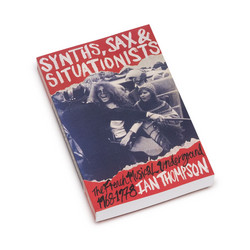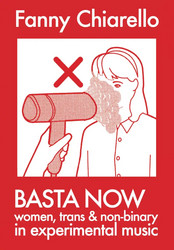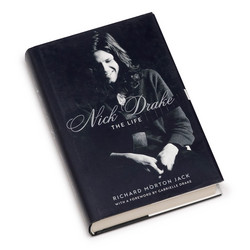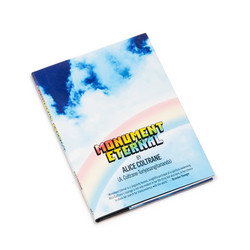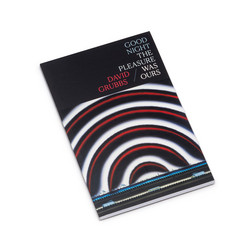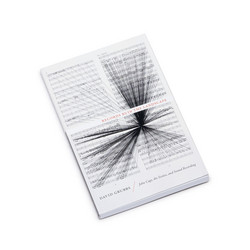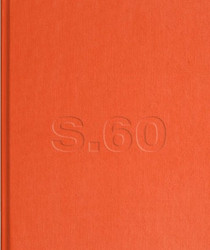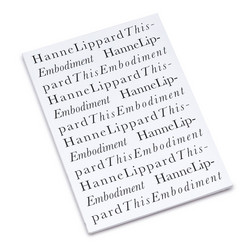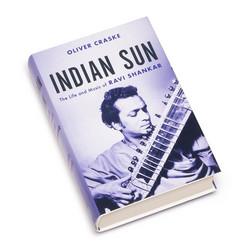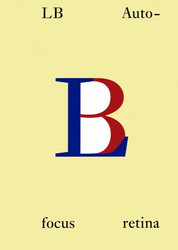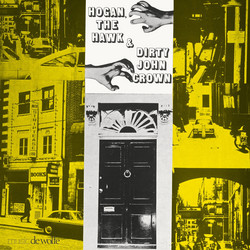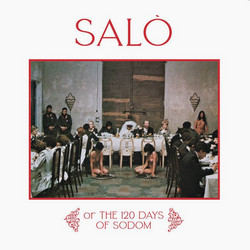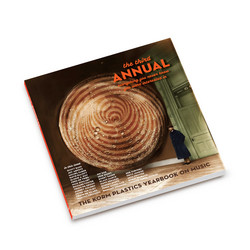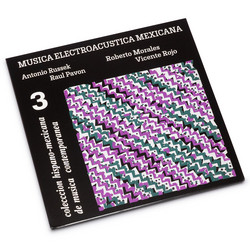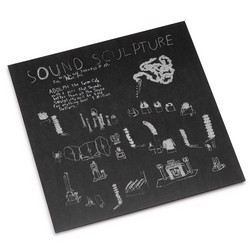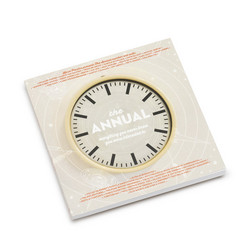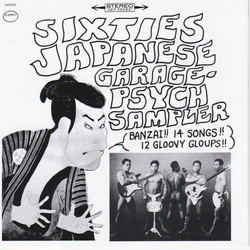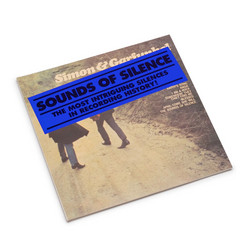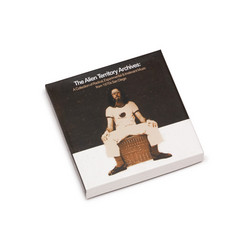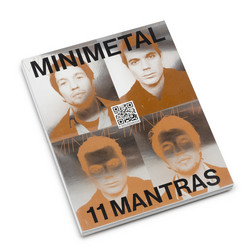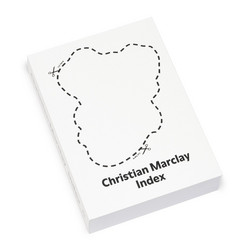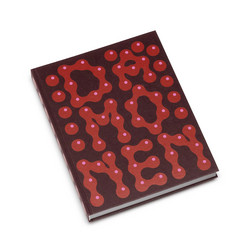Various
Heads Together – Weed and the Underground Press Syndicate, 1965–73 (Book)
* 566 pages. Paperback * The youth uprising, now simply called 'The Sixties', was fed by one of the greatest booms in publishing history. The Underground Press Syndicate (UPS) began as a loose confederation of five papers in 1966, and within a few years swelled to over 500 across the world, reaching millions of readers. They 'spread like weed', said the UPS director, weed-dealer, and eventual founder of High Times, Tom Forcade. The metaphor was apt: the UPS spurred the legalisation movement, and weed became its totem. Weed was so pervasive it became a helpful means for government agencies to crack down on the UPS. Weed came to emblematise activist groups, and added a touch of flair to the mastheads of UPS titles. Weed permeated UPS pages, with gaps in text crammed with weed-inspired 'spot illustratios'.
Heads Together collects these drawings, shining a light on lesser-known names in the stoner-art canon, and many who weren’t names at all, as no signature was attached. It also compiles guides for growing weed from the period that were treated like contraband by the CIA. Activist-oriented, psychedelic rolling papers are showcased too.
As pot now fast-tracks toward legalisation in the U.S. and beyond, its once incendiary status is brought into odd relief. Pot’s profiteers of the corporate market today do not reflect those who fought for legalisation, or the Black and Latino populations strategically criminalised for pot well before hippies were targeted, and long after.A glorious design herbarium of marijuana ads from the great underground magazines of the 1960s and '70s. The youth uprising now simply known as the Sixties was fed by one of the greatest booms in publishing history. The Underground Press Syndicate (UPS) began as a loose confederation of five papers in 1966, and within a few years swelled to over 500 across the world, including Kaleidoscope, International Times and the East Village Other. They 'spread like weed,' said the UPS director, weed dealer and eventual founder of High Times Tom Forcade. The metaphor was apt: the UPS spurred the legalization movement, and weed became its totem -- and a helpful means for government agencies to crack down on the UPS, since weed permeated UPS pages, with gaps in text crammed with weed-inspired 'spot illustrations.' Heads Together collects these drawings, shining a light on lesser-known names in the stoner-art canon, and many who weren't names at all since no signature was attached. It also compiles guides for growing weed from the period that were treated like contraband by the CIA. Activist-oriented, psychedelic rolling papers are showcased too. As pot now fast-tracks toward legalization in the US and beyond, its once-incendiary status is brought into odd relief. Pot's contemporary corporate profiteers do not reflect those who fought for legalization, or the Black and Latino populations strategically criminalized for pot well before hippies were targeted and long after. The art in this book speaks to a time when pot was smoked with optimism, as something capable of activating transformation in the face of corrupt and powerful forces." Contributor(s): David Jacob Kramer (text by - art/photo books), Rembert Browne (text by - art/photo books), Melania Gazzotti (text by - art/photo books), John Sinclair (contribution by), Ishmael Reed (contribution by), Marjorie Heins (contribution by), Mariann Wizard-Vasquez (contribution by), Abe Peck (contribution by). 566 pages. Paperback. 7.5 x 9.75 in.


